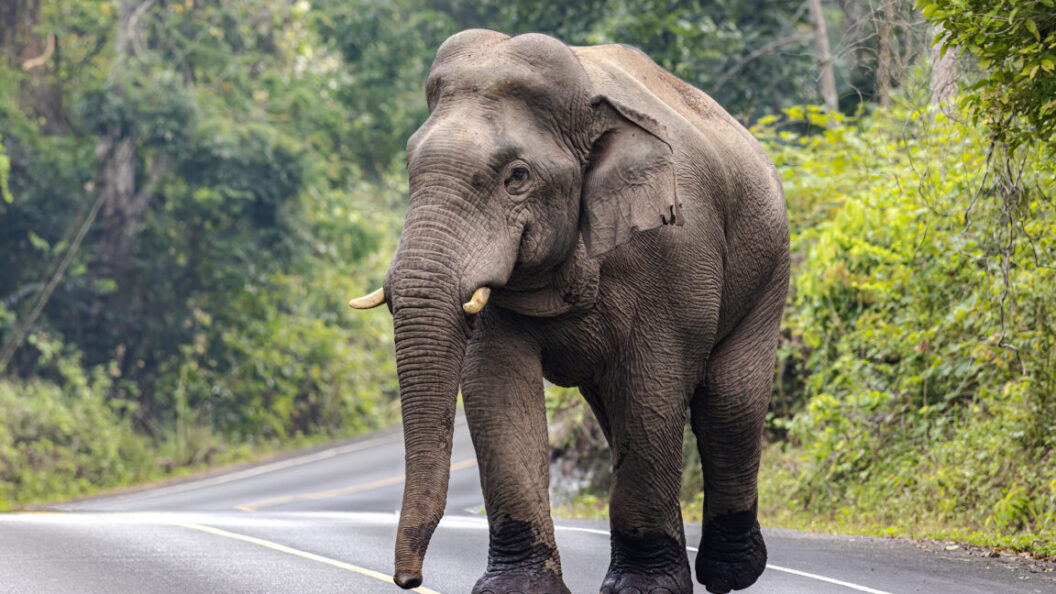Bringing Back the Woolly Mammoth: Colossal Biosciences’ Journey
In a striking intersection of science and ambition, the start-up Colossal Biosciences aims to resurrect extinct species such as the woolly mammoth through advanced gene-editing technologies. With a mission that could redefine conservation efforts and challenge our understanding of biodiversity, the company has recently reported major milestones that underscore its progress.
Significant Milestones Achieved
Colossal Biosciences, founded by notable figures including Harvard and MIT professor George Church, has garnered attention not just for its audacious objectives but for the tangible progress made in its research. In 2023, the company successfully generated stem cells from the Asian elephant, the closest living relative of the woolly mammoth. This technological advancement set the stage for further innovations. Just recently, they showcased genetically modified mice that sport long, mammoth-like fur, reinforcing the significance of their genetic engineering capabilities.
Church describes these advancements as crucial steps toward a broader goal: to use woolly mammoths as a means of revitalizing Arctic ecosystems. The idea posits that reintroducing these creatures into degraded environments could help restore grassland ecosystems, potentially combating climate change in the process. Church emphasizes the conservation angle, stating, “we’re injecting money into conservation efforts,” suggesting that the initiative may indirectly benefit endangered species, including the Asian elephant.
Impact on Climate and Conservation
Colossal’s ambition extends beyond mere scientific curiosity; it aims to instigate significant ecological changes. By restoring the woolly mammoth to its former habitat, there is a hypothesis that such actions could enhance soil health, increase biodiversity, and stabilize the climate in Arctic regions. The company envisions that the revival of these megafauna could trigger a cascading effect of ecological restoration, benefitting not just the local wildlife but potentially impacting atmospheric conditions well beyond the Arctic.
Financial Backing and Public Interest
The captivating vision of de-extinction has resonated with both the public and investors, leading to a substantial valuation of approximately $10 billion for Colossal. The funding reflects a growing interest in biotechnology and conservation, as well as a burgeoning market for solutions to ecological challenges. However, the ambition to resurrect extinct species has evoked mixed emotions, straddling the line between innovative science and ethical considerations.
While many celebrate Colossal’s technological milestones, some conservationists argue that the focus on de-extinction may misdirect resources that could instead be utilized for existing endangered species and habitats. Concerns linger regarding the potential consequences of such endeavors on current ecosystems and whether the reintroduction of extinct species can truly fulfill the promises of restoration and conservation.
A Controversial Debate
The discourse surrounding Colossal’s project raises critical questions about the role of technology in conservation. Critics contend that the revival of the woolly mammoth might not address the immediate and pressing issues facing existing wildlife. This skepticism highlights a fundamental debate within the conservation community: should efforts be directed toward resurrecting extinct species or prioritizing the protection and restoration of species that are currently endangered?
Both sides of the argument evoke compelling points. Advocates for de-extinction argue that these efforts can inspire and engage the public in conservation initiatives, fostering a broader commitment to ecological preservation. Conversely, detractors fear that the allure of de-extinction could lead to complacency regarding current conservation battles, diverting attention and funding from species that need urgent protection.
Conclusion: The Path Forward
As Colossal Biosciences continues to forge ahead with its ambitious plans, its progress will likely serve as a litmus test for the broader implications of genetic engineering in conservation. The company’s journey not only raises questions about the feasibility of reviving long-extinct species but also forces society to confront our responsibilities toward conservation in a rapidly changing world.
The impact of Colossal’s endeavors could shape the future of both technology and ecology, challenging us to ponder the ethical boundaries of scientific exploration. While the prospect of witnessing a woolly mammoth wandering the Earth again captivates the imagination, the conversation around conservation must remain rooted in ensuring that we safeguard the biodiversity that still exists today. Whether Colossal’s revolutionary ambitions will produce a net positive for the environment remains to be seen, but the stakes of this dialogue are undeniably high.









